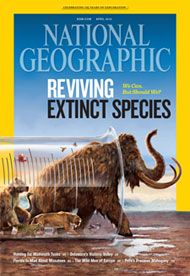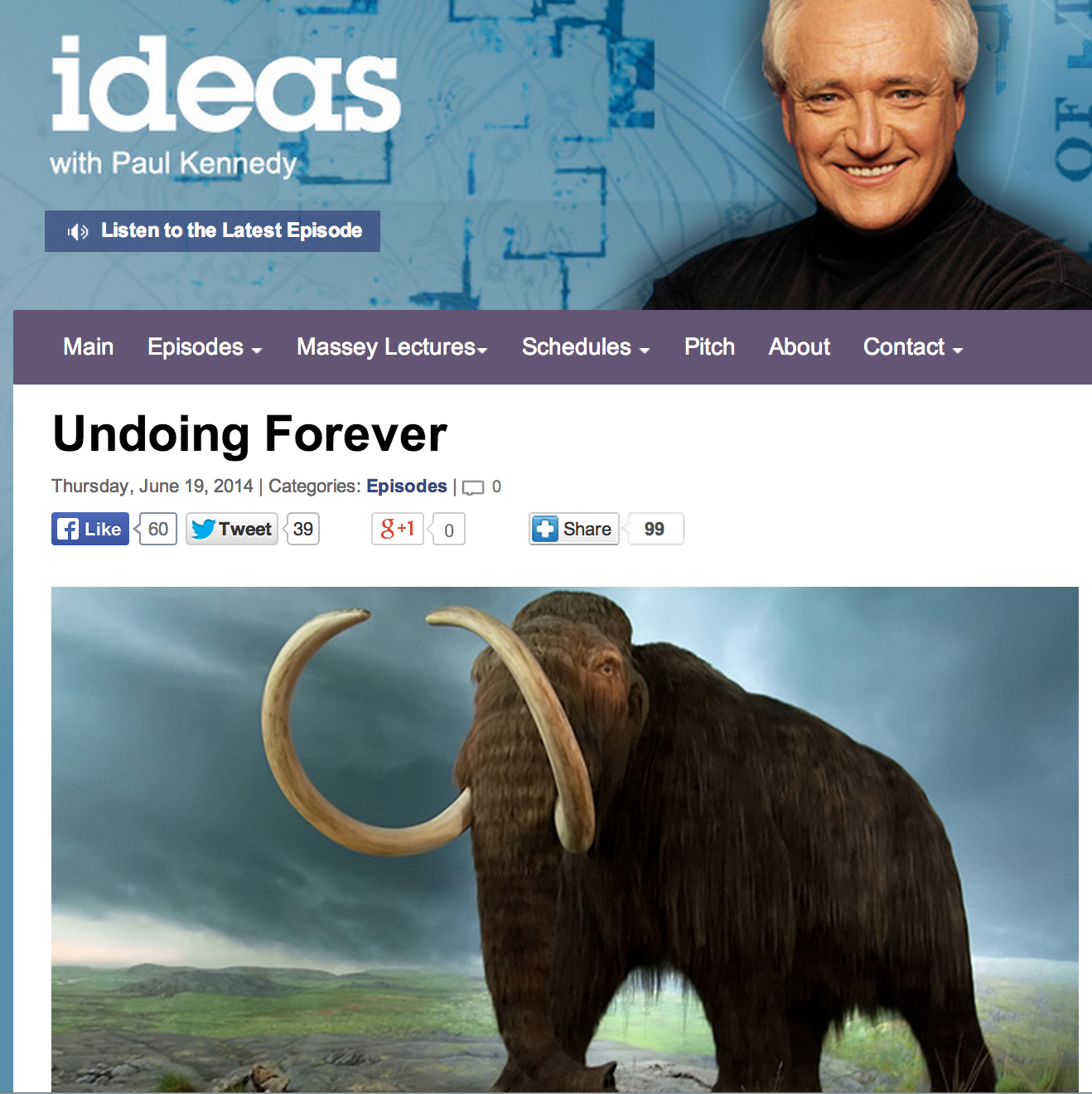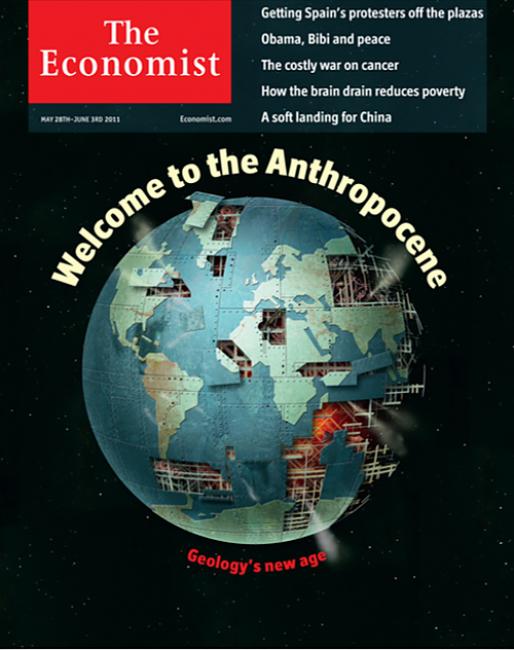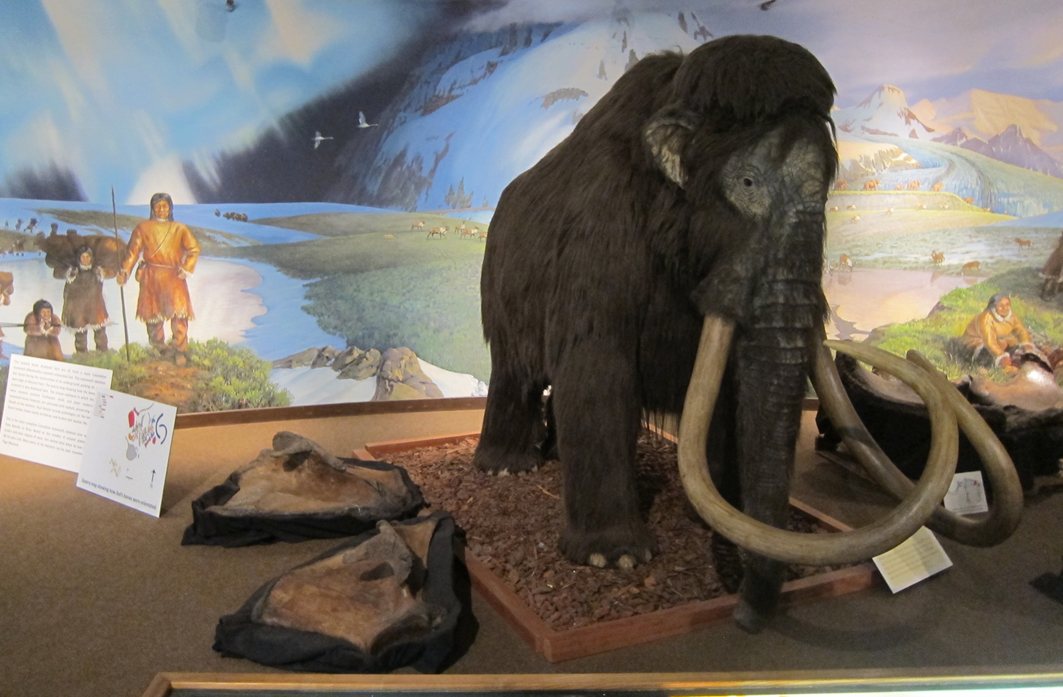
Extinguishing extinction
In this decade some extinct species will begin to come back.
This is how the TEDxDeExtinction website introduces ongoing work to bring extinct species back from the grave, known as de-extinction. On Friday, 15 March 2013, the group, sponsored by National Geographic in conjunction with The Long Now Foundation, hosted a day-long series of lectures in Washington DC on the topic of bringing extinct species back to life. I got to see the lectures thanks to streaming video (but no thanks to the video service Livestream which has a horrible interface with only the ability to move forward or back on video in increments of c.4 minutes, making it nearly impossible to just ‘rewind’ to hear what someone said).
A few themes appeared over and over in the talks.
(1) “This isn’t just science fiction”
Several speakers, including Carl Zimmer (science journalist) who said this quote, could not help but refer to popular culture in their lectures by mentioning the film Jurassic Park. They were always quick to point out the differences between current genetic work and the film’s portrayal, noting that bringing back dinosaurs is not possible. Bringing back wooly mammoths, on the other hand, is almost within reach. What’s funny about this is that many scientists 30 years ago would have said bringing back mammoths was impossible – so I’d caution any scientist from predicting what may or may not be possible in the future just because we can’t do it now. The ‘impossible now’ is indeed what science fiction, as a genre, is very good at imagining, and it’s often turned out possible at a later time.
(2) “It wouldn’t be an exact replica …. but it would be something that looked and felt like a wooly mammoth”
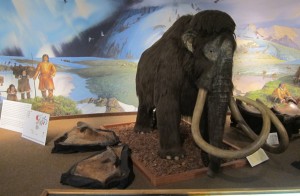
How close is close enough? When Hendrik Poinar of the Ancient DNA Centre at McMaster University was talking about the de-extinction of wooly mammoths, he pointed out that the new mammoth won’t be exactly the same animal genetically (since we have only DNA fragments to work with), but it will look and behave like a mammoth. For Poinar, this was clearly close enough. Kent Redford offered a similar view in his talk “Tainted Species?” He argued that although the notion of purity is important for humans (referencing the work of Claude Levi Strauss on binary opposites in The Raw and the Cooked), purity doesn’t exist in nature. Everything is a hybrid, so we shouldn’t be concerned about whether the American bison herd is ‘tainted’ with cattle genes. On this one, I have to agree. I think the arguments about whether or not wild boar released in Scandinavia or England are ‘pure’ or not is ridiculous. Wild boar probably haven’t been ‘pure’ ever since man domesticated some of their brethren, as interbreeding between ‘wild’ and ‘domestic’ was not very controlled before the modern era. My guess is that medieval (and even ancient) wild boar had ‘domestic pig’ genes too, so it’s silly to insist that reintroduced wild boar be genetically ‘pure’.
(3) “We know exactly how they went extinct and it was us”
The guilt card came out often during the talks, beginning with the first one by Carl Zimmer who said the above quote. Michael Archer of University of New South Wales was the most adamant on this point: “If it’s clear that we exterminated these species, then I think we not only have a moral obligation to see what we could do about it, but I think we’ve got a moral imperative to try to do something if we can.” His talk about the thylacine (Tasmanian tiger) and the gastric brooding frog was one of the most interesting among the bunch. He clearly had a passion for his subject and that came out in his moralizing tendencies. I’ve seen this moral argument — we [humans at some time in the past] killed it so we [humans living now] should bring it back — often in reintroduction discourse as well.
(4) “If extinction isn’t forever, some fundamentals change”
Some of the conservation biologists like Stanley Temple of University of Wisconsin-Madison showed some scepticism about de-extinction. It wasn’t that they didn’t think it was possible or that bringing back a species was not good for the species itself, rather they thought it would be a distraction. They were concerned that de-extinction would pull money and people away from mainstream conservation projects and might make extinction seem like a less critical issue. Of course, the same thing has been said about ‘restoration’ as a conservation practice – that it legitimizes ecological destruction since people think they can always put it back later. Yet the speakers all talked about restoration as a canonical conservation practice so maybe it’s more about de-extinction being new than anything else.
Interestingly in these discussions, the speakers rarely discussed ecological function. It seemed like most of the speakers were interested in the animals as animals (i.e. it is a species that is no longer around) rather than what the animal could do in the ecosystem. They did talk about the candidates for de-extinction being ‘keystone species’, but we also heard (like in David Burney’s talk) that ecological surrogates could work equally well as extinct species.
Nor did reintroduction get extensive coverage, even though reintroduction – which is bringing back a species to an area in which it has become extinct – is not all that different from de-extinction (minus the technical genetic engineering bits). Historical efforts to recover and reintroduce the populations of European bison and California condor were couched as de-extinction, even though those species weren’t extinct. At the same time, historians were absent from the speaker list. Henri Kerkdijk-Otten, who is chairman of the Megafauna Foundation and has a master’s degree in history, was the only one with any history credentials but his speech wasn’t historial. Some of the biologists like Archer included historical stories, but it was for background rather than a place to find key insights. I was disappointed in this lacuna since historical reintroduction projects like the ones I’m working on may be able to tell us a lot about why people are interested in bringing back lost species and how species can be re-integrated into former ecosystems. My research so far on the muskox also shows that long-dead species have a different reintroduction context than ones recently killed like the European beaver, so the difference between bringing back the thylacine which died out in 1936 and the mammoth which was gone 10,000 years ago may be greater than just the technological challenges.
I have no doubt that wooly mammoths and other extinct species will be re-created within my lifetime. The question becomes whether they will be only scientific curiosities or actually reintroduced into select habitats. Perhaps historical inquiry into reintroductions in the past will have something to contribute to the answer.
